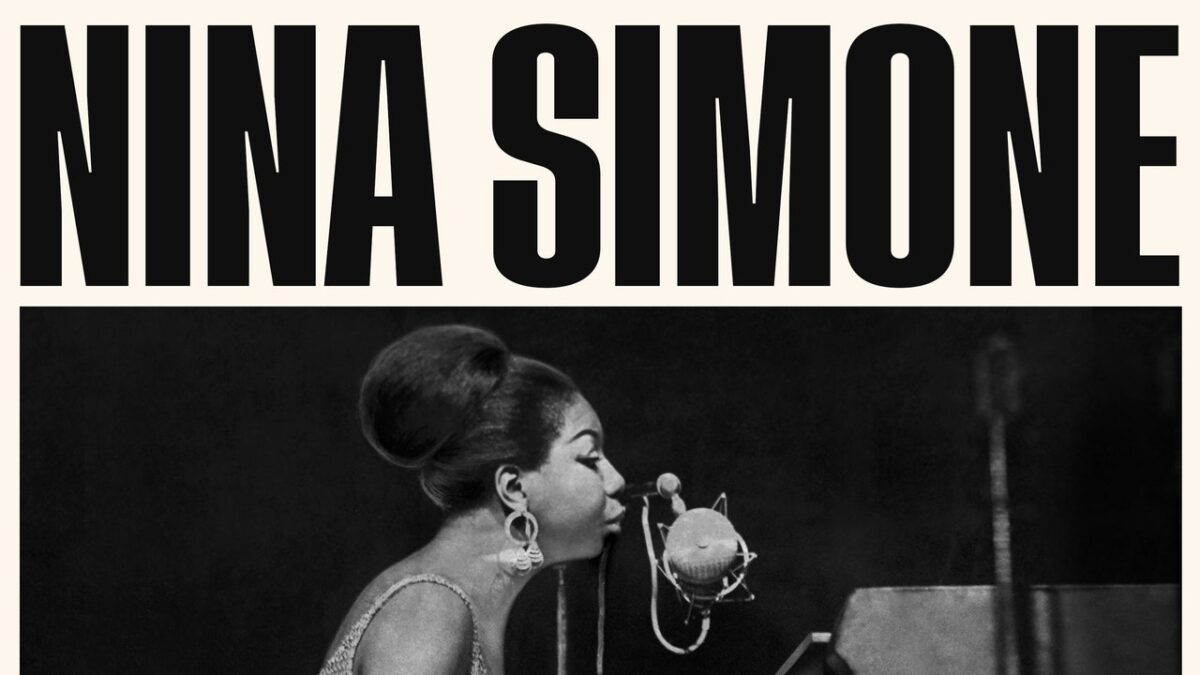
You’ve Got to Learn is worth it for the new “Mississippi Goddam” alone. Simone had written the song in response to the racist violence plaguing the South in the summer of 1963—the assassination of attorney and Civil Rights icon Medgar Evers in his Jackson, Mississippi, driveway, by a Ku Klux Klan member; and the 16th Street Baptist Church Bombing, where four KKK members in Birmingham, Alabama, planted a dynamite bomb that murdered four young Black girls. The ensuing furor over a Black woman singing a curse word in a song demanding equality in the era of Jim Crow resulted in radio stations breaking the vinyl singles in half and sending them back to the record label. But their anger couldn’t come close to Simone’s own, which channeled that of a nation. “We all wanted to say it,” observed the legendary activist and comedian Dick Gregory, in the 2015 documentary What Happened, Miss Simone? “She said it.”
The most popular rendition of “Mississippi Goddam,” recorded at Carnegie Hall in 1964, is a knowing bait and switch: her anger towards the murderous cruelty visited upon Black Americans is, at first, expressed mainly in words. She sings, conversationally and almost cheerily, over her bright chords and lets the tension build as the song spreads out, and then the cloudy key shift of the bridge: subjugation, despair, urgency, and finally, existential revolt. It hasn’t lost an iota of its power, but it says a lot about both the era and her Carnegie audience what makes the audience gasp in shock is Simone saying the word “goddam” aloud.
Two years after the Carnegie Hall performance, in Newport, Rhode Island, “Mississippi Goddam” was a rallying cry, and Simone decided to sideline the rousing showtune rhythm, instead swinging deep into a blues riff. In this accounting of the chaos, she swaps out Tennessee for California in the lyrics to reflect the Watts Rebellion of ’65, “sending the listener on a wave across the growing expanse of national violence,” as the professor and author Shana L. Redmond puts it in the liner notes. Simone’s delivery is especially conversational here, her voice curling at the edge of each phrase with a scratchy, exasperated depth. But even at her most powerful, she never quite betrays the measured nature of her rage, an enigmatic quality that permeated her music as well as her life. Her brilliance stemmed from both studiousness and tumult, her technical virtuosity an outlet for the personal pain she endured, whether at the violent hands of her first husband and manager, or through the struggles of her long-undiagnosed bipolar disorder.
Across seven songs and 33 minutes, it’s hard to feel like we’ve discovered a new fold, wrinkle, or tear in Nina Simone’s richly cataloged life and music. But even in its brevity, You’ve Got to Learn is a hearty document of how music can motivate a political moment and how the most crucial of these songs reverberate throughout history, particularly as history coils in on itself, repeating the same cruel pattern. Simone’s music and voice still have the ability to deliver us toward righteousness.
All products featured on Pitchfork are independently selected by our editors. However, when you buy something through our retail links, we may earn an affiliate commission.














